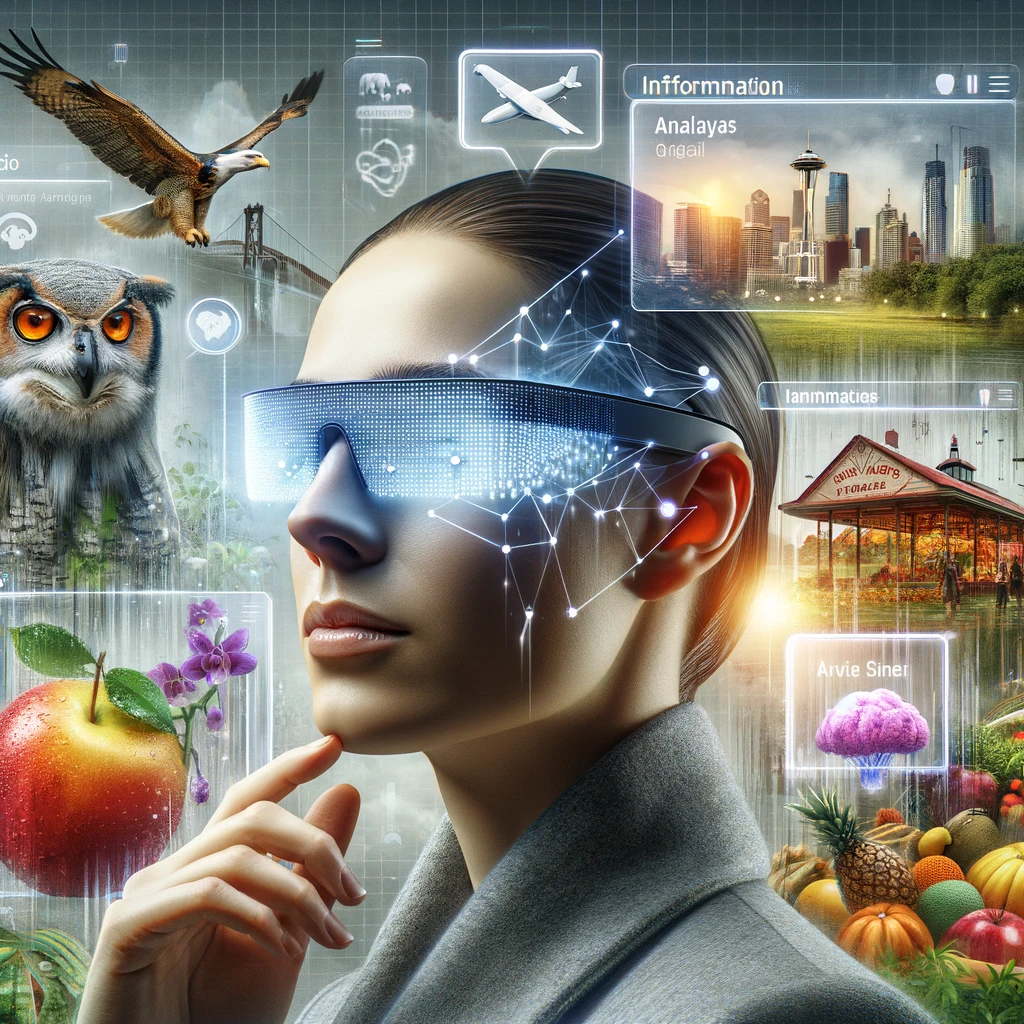
Experience the world anew through AI-powered smart glasses, from identifying zoo animals to recognizing exotic fruits and iconic landmarks.

Experience the world anew through AI-powered smart glasses, from identifying zoo animals to recognizing exotic fruits and iconic landmarks.
The age of smart wearables is taking an exciting turn with Meta’s introduction of AI-powered Ray-Ban smart glasses, as detailed in a recent exploration by The New York Times. This innovative blend of fashion and function is not just reshaping our digital interactions but is also setting the stage for a future where our eyewear does more than correct vision—it connects us more deeply with the world around us.
Meta’s foray into AI-integrated eyewear, starting at $300 for various frames, is a bold leap into what feels like a science fiction narrative. With the ability to shoot videos, listen to music, and now, through AI enhancements, interpret the world in real time, these glasses represent a significant step forward in wearable technology.
Imagine walking down the street, gazing at a monument, and receiving an instant historical rundown, or looking at a foreign menu and understanding each dish without flipping through a translation app. The “Hey, Meta” command turns these glasses into a personal assistant, offering translations, landmark identifications, and even the ability to discern animal breeds and exotic fruits. This level of interaction was put to the test in various settings, from zoos to museums, revealing both the potential and current limitations of AI in understanding our complex world.
The technology isn’t without its quirks. Early users, including tech columnists and reporters, experienced a range of outcomes from their AI encounters—from amusing misidentifications, like confusing a monkey for a giraffe, to practical successes, such as confirming a pack of cookies’ gluten-free status. These moments of hilarity and wonder underscore the growing pains of AI technology and its journey toward becoming a seamless part of our daily lives.
However, it’s the promise of future enhancements that truly excites. Meta’s commitment to refining the glasses through user feedback hints at a near future where such technology could offer unparalleled convenience and new ways to experience the world. Yet, as we inch closer to making sci-fi a reality, questions of privacy, practicality, and social acceptance linger. Will speaking to a virtual assistant in public ever feel normal? Can technology truly integrate into our social fabric without intruding?
As we stand on the brink of this new technological dawn, it’s clear that AI-powered glasses like Meta’s Ray-Ban offer more than just a novel gadget; they present a vision of a future enriched by digital intelligence. This journey into the intersection of wearable tech and artificial intelligence invites us to reimagine not just how we see the world but how we interact with it—blending the lines between the digital and the physical, the practical and the fantastical.
With each update and improvement, we edge closer to a future where our glasses do more than correct our vision; they enhance our understanding, bridge language barriers, and bring the richness of the world into clearer view. The path forward is fraught with challenges, but the potential for transforming everyday experiences into extraordinary ones is undeniable.
As we navigate this evolving landscape, one thing is clear: the future of wearables is looking smarter by the day, promising a world where technology not only connects us to the internet but deepens our connection to the world around us.
